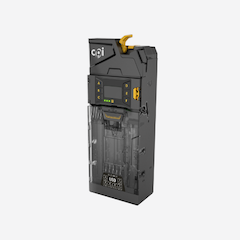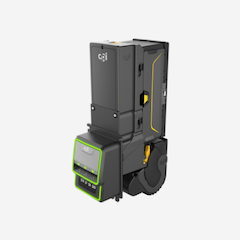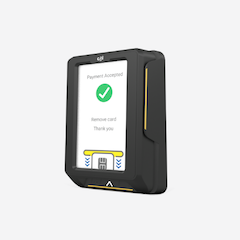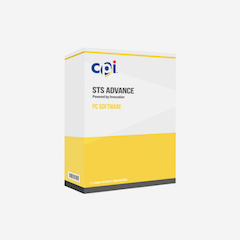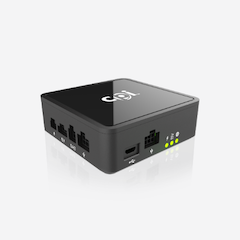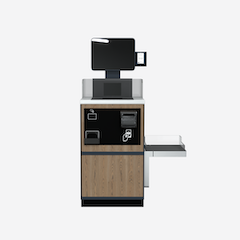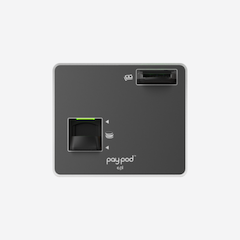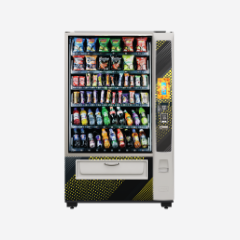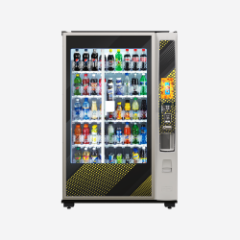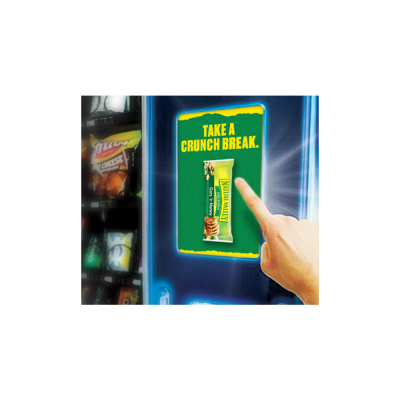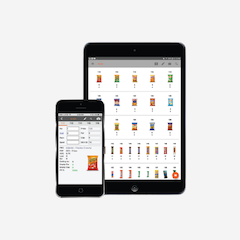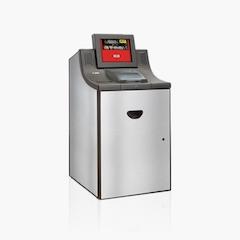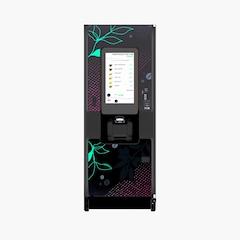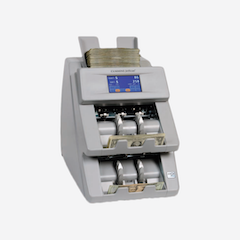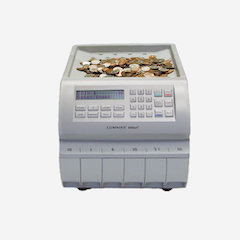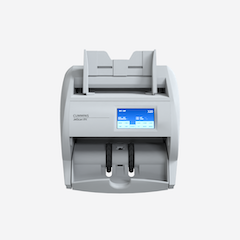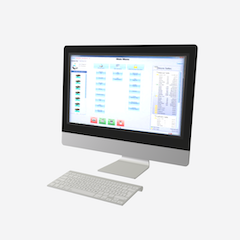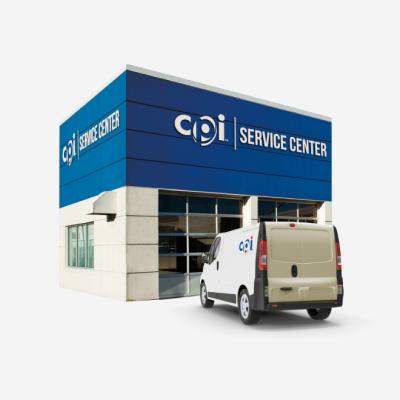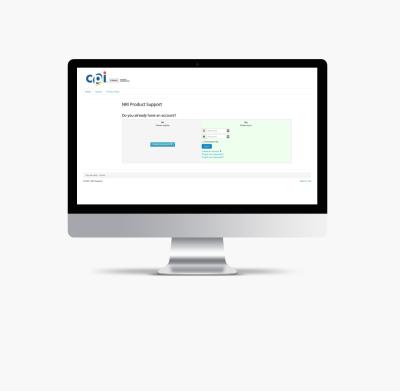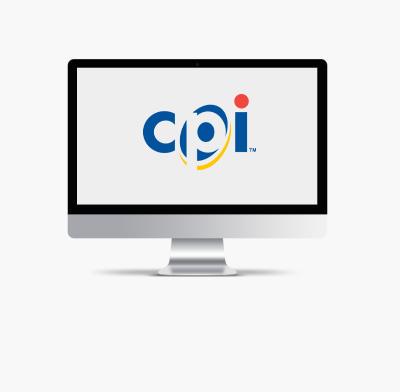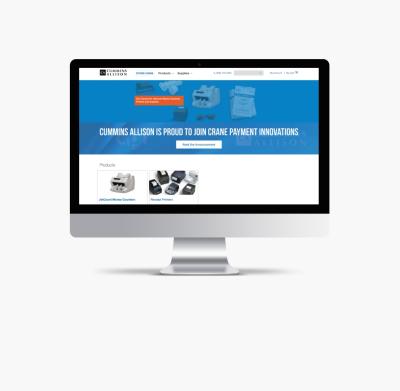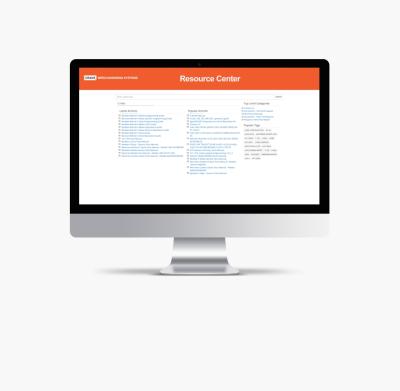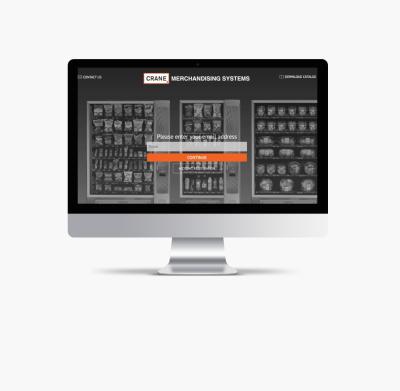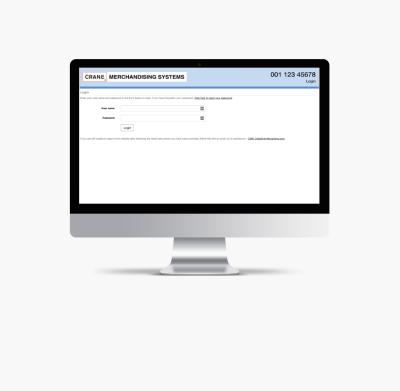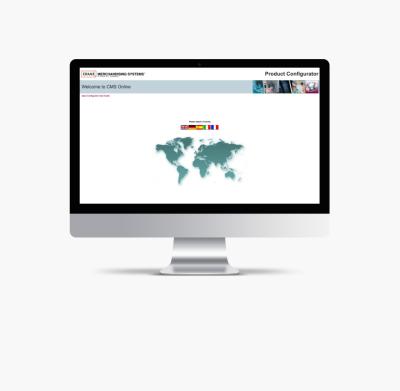Connectivity
The 5 Cs of Connectivity
What is connectivity? Is it an industry term or a technology term? The simple answer: it’s both. The basic description is the ability to transport data from one point to a central hub from which that data can be used productively. Whether you’re beginning your journey with technology, or continuing your investment, there are five key factors to consider when it comes to who you choose as your connectivity partner and provider: cost, capability, complexity, compatibility, and change.
Cost

Often when operators think of connectivity to the machine, the initial thought is around supply chain improvement in route efficiency—or, in simpler terms, extracting data from the machine to make informed business decisions and optimize operations. In the industry, most of us know this by the term telemetry. What was once a system driven by educated guesses of experienced route managers has since transformed to a data-driven model wherein live machine information is used for a more holistic and integrated approach to machine and route management.
As operators transitioned to connected equipment, gains were initially realized as significant, but became smaller as time passed. A tweak here or there in year 2 or 3 delivered moderate improvements but nothing equal to those initial gains. Connected machines also proved to cost more indirectly, with the now associated labor costs of managing a connected field base. As the connected network of machine grows, so does the cost. Based on the size of the operators business, this could mean a part-time or dedicated resource. After the amount of investment, time, and effort, the operator understands where the weaknesses were in their connected business, and have smoothed out the variations of supply for their customer base. Does this mean the operator has plateaued in terms of using connectivity? Is there anything left to do with the machine data now that his supply chain has been addressed?
An argument can be stated that a portion of an operators’ accounts are constant and long-term, so the minor improvements in efficiency do not offset the ongoing cost of the connection. This may or may not be true; that depends on the financial focus of the operator. Is the operator happy with their business remaining static, or are they focused on new account growth? Most businesses are focused on growth, so how can that operator increase the value of the data connection which is now deemed as a cost of doing business? The answer is simple: the focus should shift from what is the cost, to how to manage or offset the cost.
Capability

Ultimately, the need to leverage that single connection by adding revenue opportunities is sought, and cashless acceptance is a natural addition. There are many offerings in the market today, with various economic programs that speak to the incremental sales lift associated to cashless. This is no longer conjecture—it is a fact.
The ability to accept credit and debit cards—or, all forms of payment for that matter—has fueled investment into service providers and operators alike. Most new entrants into the industry or into connectivity now start their journey with cashless versus telemetry—or, in simpler terms: credit card acceptance versus data analysis. The promise of incremental revenue with the scalability of telemetry is appealing to anyone that wants to improve their business or win an account. So what should an operator consider when selecting a provider? The choice of provider should be based on how their service meets the needs of the operator. Does the operator just want cashless acceptance? Does the operator just want telemetry? Or both? Or more?
Based on the case stated above, there is an inherent value—increasing efficiency and incremental revenue—to have both if it can be encapsulated into a single data connection to keep the costs per machine down. However, the same scenario will play out again: the future state of your business with cashless and telemetry will become the current state and the need to find ways to reduce the connection cost will be repeated. This means the need to integrate additional services into your equipment network will be sought once again. A potential provider should have the capability to expand the connection beyond the current market requirement.
In this case, capability refers to the resources and materials available to execute a strategy: Does your provider offer more services that are deliverable today to increase revenue? What is their strategy for expanded services? What does their roadmap for development look like?
As we look at how connectivity capabilities will evolve, it's important to look at what’s on the horizon:
- Integrated machine media
The integration of screens is a rising trend in vending, but using targeted media to engage consumers is not only a way of increasing capability, but also offsetting connection costs.
- Connectivity for cash
“Cash is dead” is an industry misnomer—it still remains true that the most important form of payment is whatever is in a consumer’s pocket, and that includes cash. Having a connection to cash hardware means better insights to sales, health, and servicing; and, it’s becoming a crucial part of the evolving capability story.
Complexity

The goal would be to have all data flow into your business and automatically feed other business systems to drive business processes like product orders and commission payments. Ultimately, the caliber of your vending management system is the tool that will reduce the amount of complexity within your own unique connectivity portfolio.
Transforming to a connected business takes time, effort, and focus to yield the best results. Depending on the size of your business, a staff member may need to shift their responsibilities to manage the connected machine base which offers it owns technology learning curve. Selecting the proper staff member is a critical aspect to growing the connected field base. Adding services too soon when the staff are struggling to understand the current services can create more confusion and wasted time.
The diversity of the added services should be weighted to competence of your business to support new technology. Reducing the diversity by focusing on a single provider that supports multiple services will minimize the complexity of a connected business. These types of providers tend to have strategies to address the introduction of new services with current technology platforms, taking a holistic approach to minimize the disruption to users. All service providers want to avoid complexity in their systems and want it to be easy to use. Ease-of-use is important, but it is more important for those systems to seamlessly work with one another to reduce complexity.
Compatibility
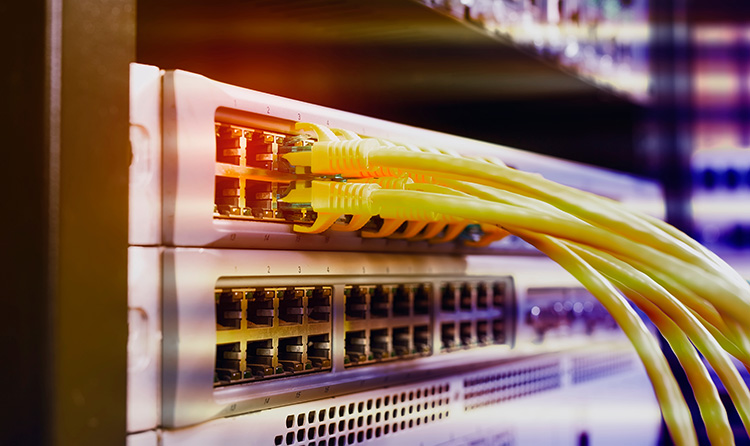
Besides the service providers ability to add services to their own programs, there is a need to have a level of interoperability with other service providers, tying compatibility to scalability.
Compatibility can lie anywhere from the device level to the network level, and can be stated a few ways. How do I connect my device to your network? How do I connect my network to your network?
In many cases it is not difficult to accomplish based on industry standards, but does require a collaborative effort between the service providers—and has incremental costs. Normally, this adds a $1 to $2 charge per month per machines beyond the current monthly fees, depending on your provider. Why is there a cost to route data? Simply stated, there is cost associated for maintaining the network infrastructure (labor, server, and services costs), ensuring that your data is managed properly. When it comes to secure data management, this is one area where you don’t want corners or costs cut.
The compatibility factor becomes a challenge when it comes to the transfer of financial data generated by epayment devices. Financial transactions contain encrypted data that must be managed through the use of cryptograms in each link of a network, ultimately securing it end to end. The regulatory controls established by PCI protect the integrity of the cardholder data by regulating access to financial processing partners’ networks. The added regulation reduces the ease of data transfer and creates a barrier to entry for those companies not capable of maintaining their PCI certifications or standards.
This all means that any potential provider must have a focus on compliance and a plan to manage PCI expiration dates by renewing certifications. The transition to EMV certified devices further reduces network compatibility between providers and adds complexity. It restricts the ability to allow any cashless device to connect to any payment network unless the device itself has been certified to that specific network. This means that a cashless device from provider A cannot work on the payment network of provider B—unless it has been certified for use.
So why don't all card reader manufacturers certify to all payment networks and make it more interoperable? The costs of ongoing support of a cashless device, in a one device to many processor model, is cost prohibitive as certifications range in the tens of thousands of dollars. These certification costs tend to reoccur on a 24 month cycle as the security specifications change to address discovered threats, the integrity of the network, and/or new innovation. Therefore the payment processing options are limited to whom the providers have selected to partner with. Simply put, the more payment processing partnerships your provider has, the more flexible they will be with options for interoperability.
As an operator there is little need to understand the nuances of the PCI and EMV compliance but it is important for them to understand how it limits options to scale by not having products compatible with the financial network. So it is important to ask your providers these questions about compatibility.
Change

A network of remotely connected machines, each with multiple services, is now part of a large ecosystem of business partners, each with an influence on your business. In-direct business partners, like card brands or telecom companies, are responsible to manage their own networks and make changes to advance their business goals. Their fundamental responsibility to all their customers is to manage network security, stability, and near-term future innovation.
The phrase, “the needs of the many outweigh the needs of the few,” tends to mean change is always on the horizon. When change occurs, these companies tend to support technology transition with significant advance notice and information. A recent example of this is the sun-setting the 3G cellular band and the migration to the 4G band by the telecom companies. No single business or industry will halt the progression of change in the telecommunications space when that change benefits multiple other industries and drives future innovations. So the vending industry's position should be to play the stakeholder role ensuring that knowledge can be shared and aid in a transition. This allows for better planning and decision-making well ahead of an upcoming change.
So what’s next? (Dispelling rumor from reality)
- There has been a substantial discussion that the 5G band is on the horizon. What is 5G, when is it coming, what is the long-term viability of 4G? There are many articles that provide a general overview of 5G and what it could promise. But the fundamental need is to address the rapid exponential growth of connected devices and the need for those devices to transfer massive amounts of data quickly. At the moment, most vending applications don’t send or receive large amounts of point-to-point (vending machine to server) data or require massive data to be delivered in a fraction of a second. Most data from a machine or a cashless device are sent in kilobytes, so it would seem 5G would be overkill for vending. But as broad ranging innovations appear and technology advances, new ideas to improve the vending consumers experience while improving the operator’s business efficiencies will evolve where massive amounts of data transfer will be a must. Ideas like, gathering demographic data, immediate customer complaint resolution at the machine with a live video chat with a customer service representative (finally addressing an industry problem of putting a face to the machine), or how machine learning will improve the operators profit picture.
- EMV – What is it? How does it impact my current cashless systems in my field base? How does the enacted liability shift impact my business? Are chargebacks back on the table? When will contactless cards become more available? PYMNTS.com, although dated with a podcast, offers a still relevant look at the small-to-medium-size business mindset on EMV technology back in 2015 pointing out concerns.
- Digital Transactions contributes a more up-to-date perspective on the importance of making the business decision to migrate to EMV over the next several months as contactless cards start being issued on mass.
- What is the future of the DEX protocol? Will the DEX protocol capture the future data needs of the operator or the operator’s customer? Ultimately, it is difficult to say if DEX will migrate to a broader protocol or if it will be enveloped as part of a new protocol that will feed advancing VMS systems. Only time will tell, if market demand will force a new standard that supplier will adopt.
How to protect my investment and prepare for change?
- Purchase products that have designed-in modularity that reduces the cost to upgrade to the next requirement.
- Work with a service provider that is actively engaged with the various business partners in the connectivity ecosystem. These providers will be aware of upcoming changes earlier than others, allowing for their business and their customers to plan for change as early as possible.
- Seek out information from your state / national trade association, by attending seminars or listening to webinars to get educated on the subject matter. Logic dictates that the path of connectivity leads to an ever evolving business with added complexity. So it begs the question: How can I add services to my network of machines, but reduce the amount of complexity to manage it? There is no easy answer to this question as there will be a mix of technologies in the future market.
Conclusion
The reasons for operators to have connected equipment are fundamentally the same, but each operator’s ability to implement one or more services will be different. It is important to understand the current state of your business, financially and operationally, in order to maximize the potential financial benefits. The beauty of a connected machine—be it vending, micromarket, or coffee—is that it creates an opportunity to expand with future innovations more easily, be it through remote management, device updates, service tools, or something not yet seen.
In the connected world that is all around us, that we live in every day, the development of the next greatest thing for vending is just around the corner; but where do we start? The best guidance is to seek a service provider that can competently address the 5 Cs, with a focus on customer support, clear communication, and continuous improvement. Before you can get the right answers, you have to know the right questions to ask.

